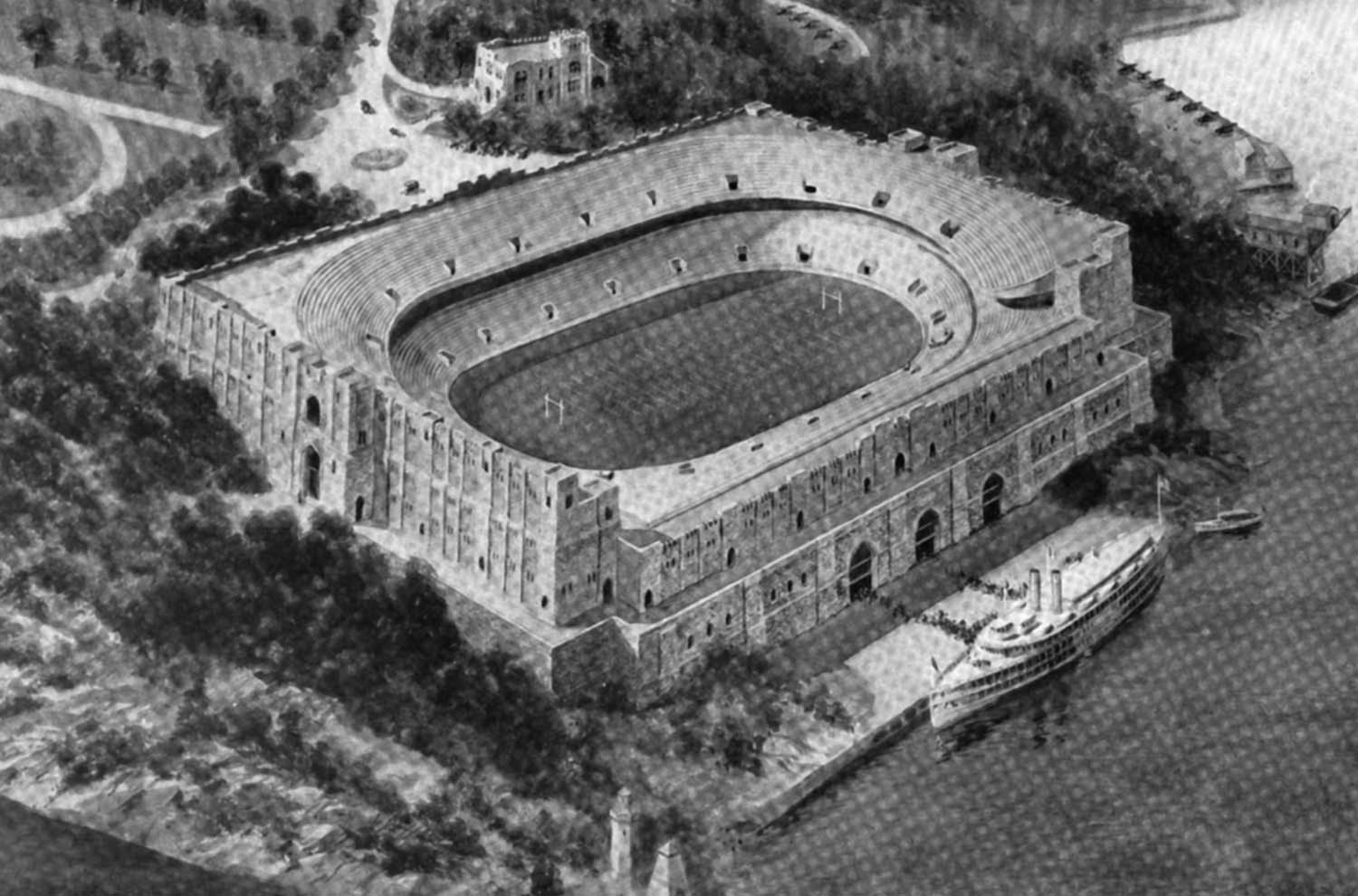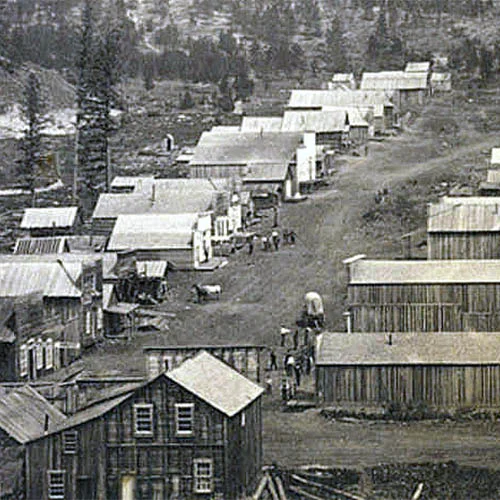Stadium by the River
I generally only write about West Point before World War I, but last week a USMA grad and Execution Hollow reader asked me about "MacArthur's Colosseum." The best evidence I have comes from an Infantry Journal article from February 1922. The article said about the proposed facility:
The construction of a public Colosseum or stadium at the Military Academy is proposed. It is to be properly arranged for football and other athletic sports as a means of promoting interest in athletics and physical development indispensable in students of the military profession.
The natural contour of slope to the river northerly from Fort Clinton is favorable to the reception of an arena surrounded by seats in horeshoe form providing accommodations for 40,000 to 45,000 spectators.
Construction upon this site will afford convenient access and direct entrance to spectators from a steamer landing at the water front.
The stadium is designed to be of concrete upon concrete and steel supports of a permanent nature.
A proposed football stadium on Trophy Point, as shown in a 1922 Infantry Journal article.
An illustration accompanying the story shows the two-level stadium nestled between Gee's Point (where two lighthouses stood) and about where the Kelleher-Jobes Memorial Arch stands at the end of Flirtation Walk. The architectural style maintains the Collegiate Gothic style favored by the Academy after the 1903 Architectural Competition. Passengers can be seen disembarking a steamer at water's edge.
As Michie Stadium was opened in 1924, the plan for a stadium by the water was likely never seriously considered for very long. The 1923 Annual Report of the Superintendent specifically mentions funding for a new football and baseball facility along the west side of Lusk Reservoir. Prior to Michie Stadium, stands were erected each fall on the Plain for football games. The 1923 report notes that this was unsightly, costly, and prevented the Plain from being used for training. In addition, crowds, and presumably ticket sales, could not be easily controlled because there was no fence. Michie Stadium was open and in use by the fall 1924 football season, although it seems like the contractors continued working until October of that year, a month after the planned completion date. Congress required paid admissions to defray the construction costs.
Sources:
"New Construction at West Point." Infantry Journal 20 (2). United States Infantry Association, 1922.
United States Military Academy. Annual Report of the Superintendent, 1923. United States Government Printing Office, 1923.




